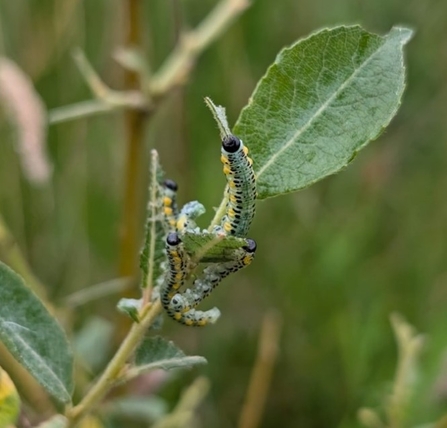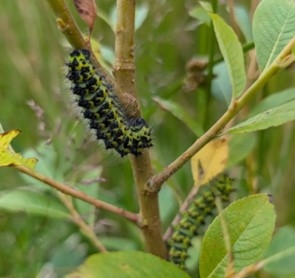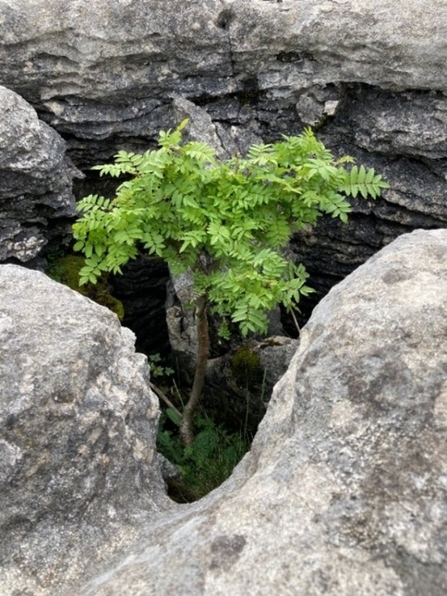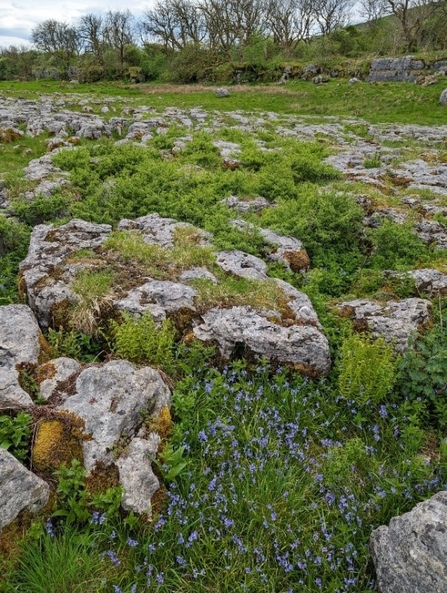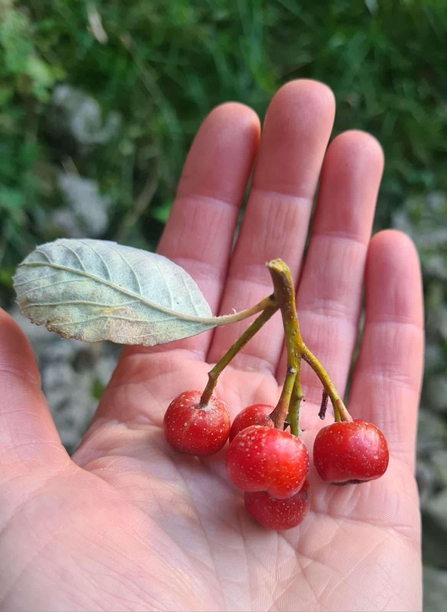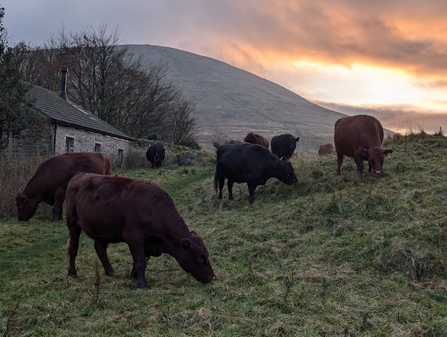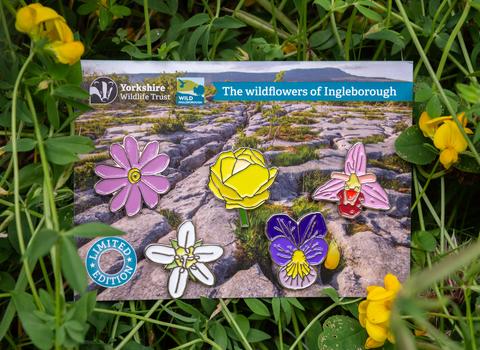This has been our aim at Wild Ingleborough
We wanted to establish trees to act as seed sources for the surrounding area largely due to the lack of tree cover in the Yorkshire Dales.
The tree cover currently stands at just 4% with one quarter of that being native broadleaf, the rest being timber plantation. Our planting has focussed on linking up existing fragments of woodland and introducing fingers of trees and montane shrub species up the fell in ghylls and watercourses where there is currently no seed source.
Native species we’ve planted include holly, rowan, silver and downy birch, oak, wild privet, purging buckthorn, spindle and hazel to name a few. These pockets will act as microhabitats for invertebrates, mammals and birds to inhabit. We’ve already noticed loads of interesting species using willows as food plants.


